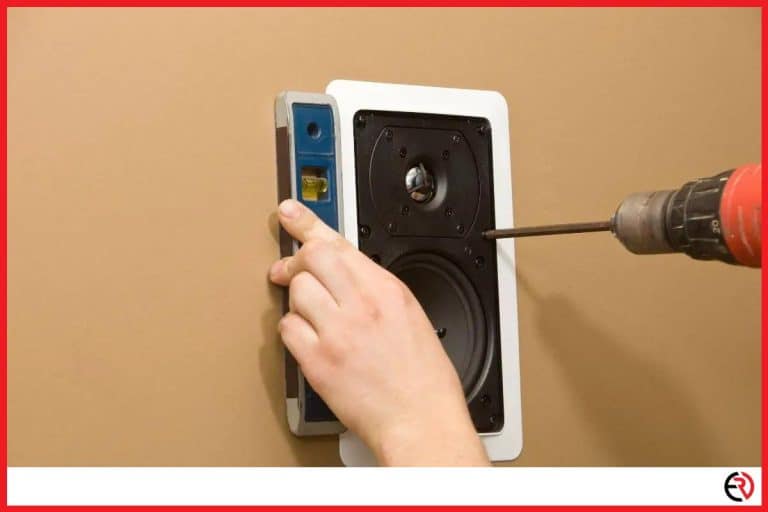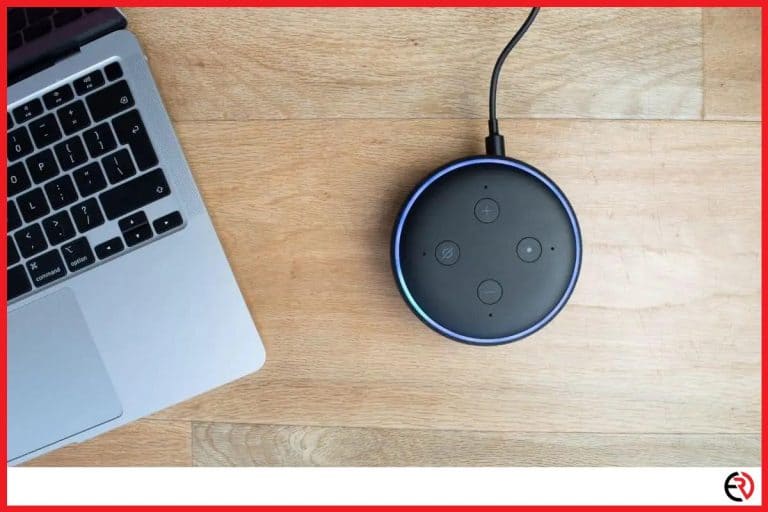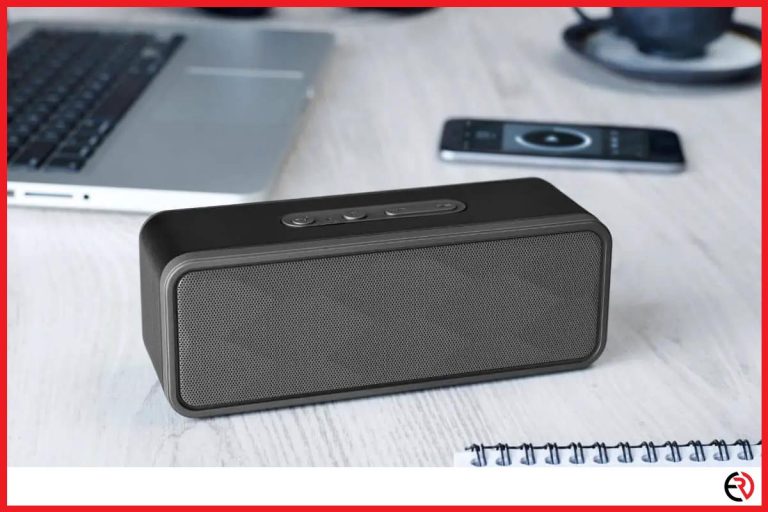Does Subwoofer Box Shape Matter?
This post may contain affiliate links which means that, if you choose to make a purchase, I may earn a small commission at no extra cost to you.
I’ve bought many speakers and subwoofers over the years and I’ve been noticing a pattern. Whether it’s an active or a passive subwoofer, a ported or non-ported subwoofer, all of them come in that generic cube shape. This got me wondering if subwoofer box shape matters at all.
While this is a hot debate, the general consensus on this topic is that the shape of your subwoofer box doesn’t matter. Instead, you should be focusing on the engineering inside the subwoofer enclosure and the driver itself.
Let’s dive deeper to understand why the subwoofer box shape doesn’t matter.
Standing waves
The shape of the subwoofer box is a hot topic for debate primarily due to one reason – standing waves. Standing waves can occur in many places. For now, let’s focus on subwoofer boxes. Imagine a stationary sound source. It emits a tone that goes in all directions and the sound slowly fades as the energy gets absorbed in the air. Now imagine two reflective parallel walls on either side of the sound source.
The tones created by the sound source reach the sides and get reflected back by the walls. The reflected wave reaches the opposite wall and gets reflected back again. This continues till the energy of the soundwaves gets completely depleted. However, the direct sound and its reflections interact with each other. Among them, soundwaves in certain frequencies will form standing waves depending on the distance between the parallel walls.
When standing waves are formed certain frequencies are boosted and you don’t get a flat response anymore. A flat response is basically a neutral sound signature where the frequencies are appropriately reproduced. Artists and music producers prefer this flat sound signature since it allows them to create music without any sudden peaks. It’s also preferred by a certain fraction of music lovers since it allows them to listen to their favorite tracks without any coloration to the sound.
Since subwoofers usually come in the familiar cube shape, they are at the risk of creating standing waves. That’s why some people debate that subwoofers with five-sided pentagon enclosures are better since they eliminate parallel walls and standing waves created by them. Standing waves can also make the box vibrate vigorously if the enclosure isn’t well-built or strong enough.
Conditions for a standing wave
So we know that certain audio enthusiasts think that standing waves may form within the familiar cube-shaped subwoofer boxes. However, simple physics and mathematics would disagree.
To form a standing wave the distance between parallel walls needs to be half of the wavelength of that particular frequency. Moreover, additional standing waves would appear at multiples of that frequency. Let’s say you have a speaker that stands 800mm tall. That means frequencies with a wavelength of 1.6m may create standing waves. This nifty calculator says that would happen for 214Hz. That means the standing wave might form at 214Hz, 418Hz, 856Hz, and so on.
If a subwoofer is that tall or wide, it’s already as big as an average human torso. You’ll rarely find subwoofers that big. Moreover, subwoofers used at home usually have a frequency range of 20Hz to 200Hz. As I mentioned above, to create standing waves at 214Hz, the subwoofer box needs to have sides or a height of 800mm. As you go down the frequency range the wavelength gets larger. To create standing waves at 20Hz, you’ll need a subwoofer box that stands over 8m tall. That’s absurd and simply doesn’t exist.
Why are most subwoofers square or rectangular cubes?
Most subwoofer boxes or enclosures are cubes since they are simply easy to build, store and transport, and are least invasive.
While I’ve seen speakers and even bookshelf speakers come in all sorts of shapes and sizes, subwoofer boxes usually come in the generic cube shape. First of all, your main speakers are often built in different shapes to eliminate standing waves. Apart from that, subwoofers are large units that usually sit below the center speaker or between the stereo speakers and are kept out of sight. Maybe that’s why they aren’t designed in exquisite ways.
Another major cause of the generic cube shape is cost savings. MDF, metal, and plastic panels that make those enclosures usually come in a flat shape and they are easy to cut into panels for making a cube. Apart from that, cube enclosures are also easy to brace to minimize loss of acoustic energy. The cube shape also makes subwoofers easy to store and transport.
If you really want some unique-looking subwoofers in your system, you can check out those made by Bang&Olufsen. They are unique, to say the least, and sound great, but ridiculously expensive for what they offer.
Ported vs sealed subwoofer
With the box shape of the subwoofer not getting in your way, it’s easier to make a purchase. However, when people talk about subwoofer box shapes, they also talk about ported and sealed subwoofers. In this case, there’s no yes or no. Instead, it’s everyone’s favorite ambiguous answer – “It depends”.
Sealed speakers are usually great if you’re a music producer or an enthusiast who enjoys analytical listening sessions. The bass response is highly accurate and that makes these subwoofers more suited for audio purists.
On the other hand, ported subwoofers are larger cousins of sealed subwoofers with ports that create deeper bass and have an incredible dynamic range at low frequencies. While they aren’t the most accurate, they are ideal for home theater systems where you want those low-frequency effects to pop out and make your movie experience more lively.
Check out this table for key differences between those two types of subwoofers:
| Sealed | Ported |
| Accurate and tighter bass for more analytical listening sessions. | More boomy and deep bass extension. But less accurate. |
| Small enclosure | Large enclosure |
| Needs a lot of power to get louder | Highly efficient design that can get very loud without drawing a lot of juice from the amp. |
Conclusion
The online space on this topic is very cluttered. However, from my experiments and several others, I’ve found that the subwoofer box shape doesn’t matter since it doesn’t create a significant audible difference. I hope this article was helpful to you.







